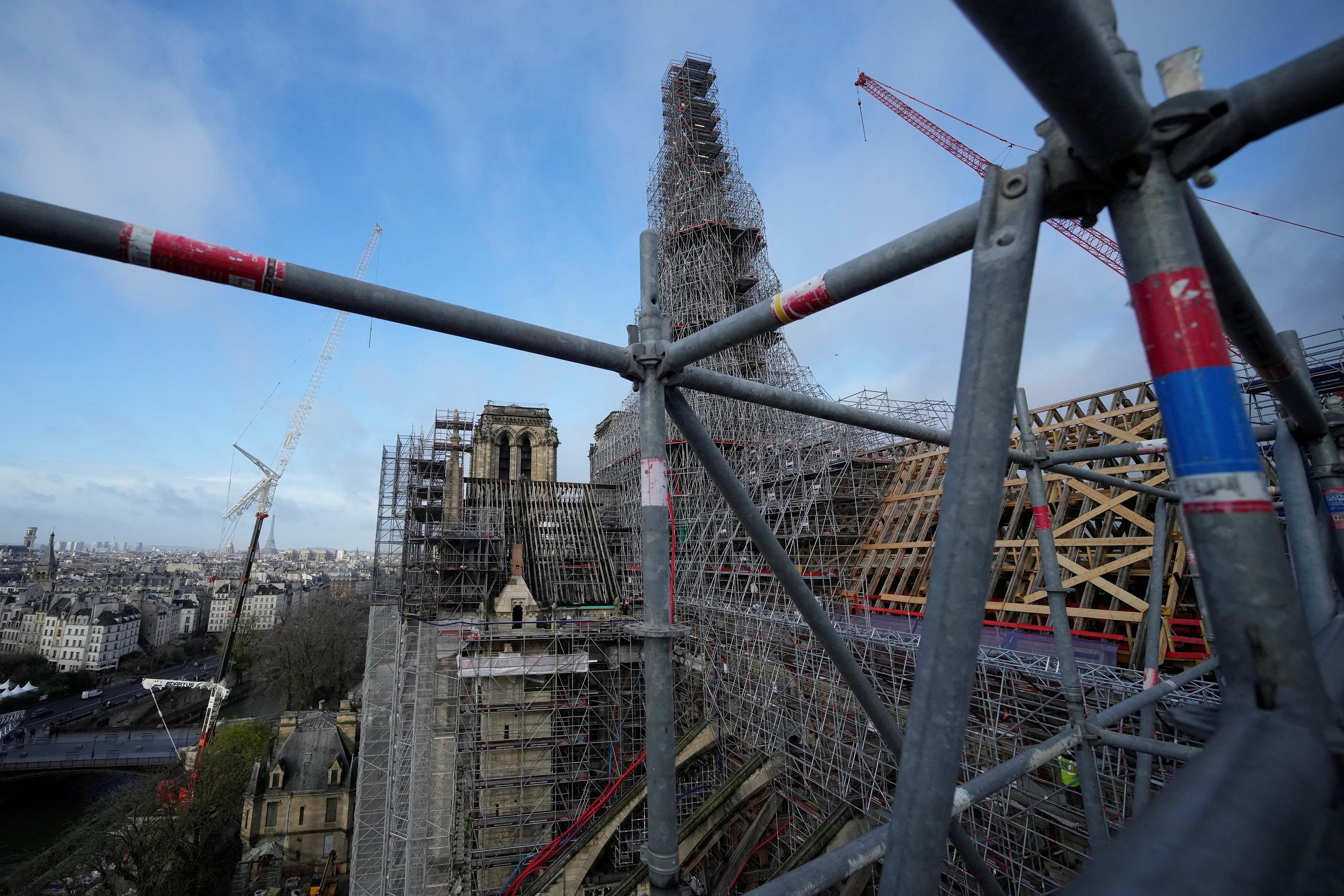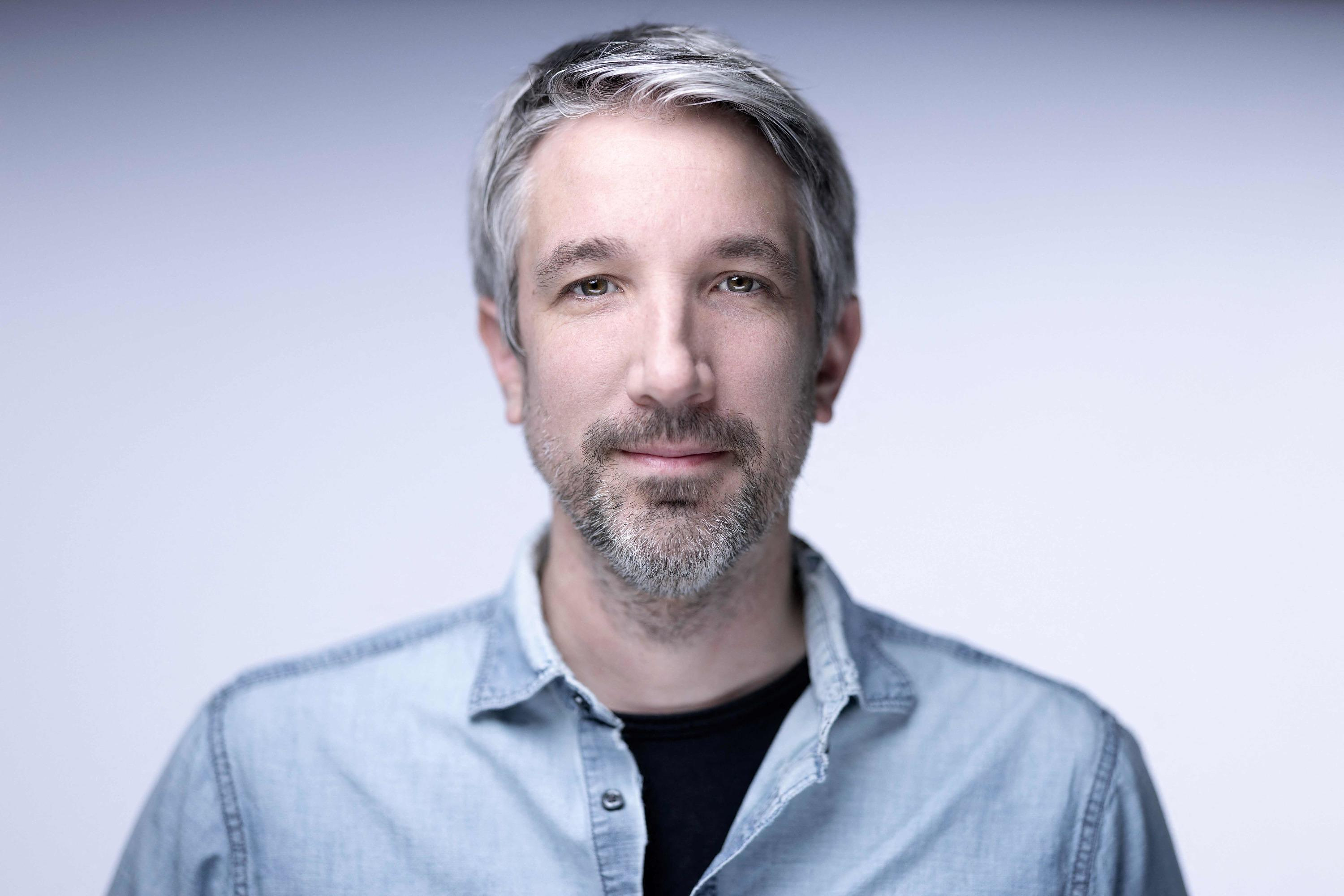When it went up in smoke in 2019, the lead roof of Notre-Dame Cathedral in Paris initially caused great concern, that of lead pollution. And for good reason: an unknown quantity of metal dust then spread throughout the capital, posing the threat of poisoning. As a reminder, lead poisoning, also called lead poisoning, can have very serious consequences, particularly in children, with neurological effects and developmental delays. But as the renovation project enters its home stretch, it is now another subject which is causing debate: the installation of a new lead roof, recorded as soon as the choice was made to rebuild the cathedral Is the identical a wise choice? Should we be concerned about possible health repercussions?
Questioned by Le Figaro, Philippe Jost, who chairs the public establishment responsible for the conservation and restoration of Notre-Dame, wants to be reassuring: “We, obviously, do things in compliance with the law and regulations in all areas concerned, and no one's health is put at risk. In addition to new fire protection of the highest level, including a misting system in the attic which is a first in a cathedral in France, we will innovate by installing a system for collecting and filtering rainwater which will have run off onto the roof. roof of the cathedral.
» READ ALSO - Philippe Jost: “Notre-Dame de Paris cathedral is coming back to life”
The subject of pollution in the capital is far from being anecdotal. “Lead pollution in Paris is real, but the problem dates back well before the Notre-Dame fire,” explained researcher at the Climate and Environmental Sciences Laboratory Sophie Ayrault to Le Figaro last January. In June 2019, two months after the fire, the Regional Health Agency (ARS) of Île-de-France organized 1,200 screenings in schools in districts exposed to smoke. While 13 cases of lead poisoning were detected, all were linked to lead exposure independent of the fire. Did this have a health impact? Sophie Ayrault's team carried out work on the subject after having succeeded in differentiating lead from the cathedral from ambient lead, and comparing the quantities of different leads in samples taken in the capital. Analyzes are underway and the results should be published quickly. But several indications suggest that this pollution would be quite marginal. For example, lead from the cathedral was not present at all in the honeys analyzed in the six months after the fire.
Although the impact of the fire is probably low, “it may have had the merit of bringing the problem back into the spotlight,” underlines Dr Jérôme Langrand, head of department at the Paris Poison Control and Toxicovigilance Center. In this context, is adding a lead roof a good thing? If the goal is to eradicate lead from the capital, the answer is no. But if we just look at the health impact of this lead, it will be very marginal, if not zero.”
And for good reason, lead is present almost everywhere in Paris, on roofs (even if roofs exclusively made of lead remain rare), balconies, in paints, certain pipes... Lead remains in fact a very good insulator and is very resistant to wear, it therefore continues to be used in construction even if this use is very regulated.
As for the population's exposure, enormous progress has been made over the last two decades, particularly with the abandonment of leaded gasoline in the 1990s. "Generally speaking, there has been an awareness of the danger and we have put in place an effective prevention policy, explains Dr Jérôme Langrand. With analyzes of lead levels in the children's blood and rehousing if they lived in unsanitary housing. Which bore fruit.” However, lead remains very present. The latest estimates (1997-2002) reveal that the Seine receives more than 100 tonnes of lead per year, produced mainly by urban areas. “After the fire, we noticed that this problem also affected children from privileged backgrounds,” continues the doctor. We must therefore continue to maintain a high degree of vigilance. What is done, cases of poisoning remain at low levels.”

 Finding yourself face to face with a man or a bear? The debate that shakes up social networks
Finding yourself face to face with a man or a bear? The debate that shakes up social networks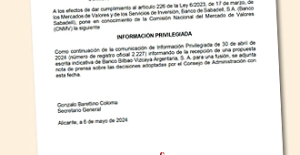 Sabadell rejects the merger with BBVA and will fight to remain alone
Sabadell rejects the merger with BBVA and will fight to remain alone In Germany, the far left wants to cap the price of “doner kebabs”
In Germany, the far left wants to cap the price of “doner kebabs” Israel-Hamas war: Gaza between hope of truce and fear of Israeli offensive in the South
Israel-Hamas war: Gaza between hope of truce and fear of Israeli offensive in the South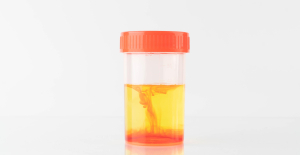 The presence of blood in the urine, a warning sign of bladder cancer
The presence of blood in the urine, a warning sign of bladder cancer A baby whose mother smoked during pregnancy will age more quickly
A baby whose mother smoked during pregnancy will age more quickly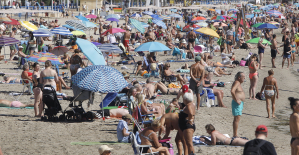 The euro zone economy grows in April at its best pace in almost a year but inflationary pressure increases
The euro zone economy grows in April at its best pace in almost a year but inflationary pressure increases Children born thanks to PMA do not have more cancers than others
Children born thanks to PMA do not have more cancers than others “The prices are astronomical”: to enjoy the Olympics with family, Sabrina spent... 8,000 euros
“The prices are astronomical”: to enjoy the Olympics with family, Sabrina spent... 8,000 euros “House of the Dragon”, “Succession”… Max, the new streaming platform from HBO and Discovery, launched in France on June 11
“House of the Dragon”, “Succession”… Max, the new streaming platform from HBO and Discovery, launched in France on June 11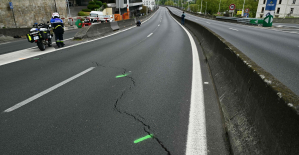 The A13 motorway will finally reopen this Friday, in one direction only
The A13 motorway will finally reopen this Friday, in one direction only TNT commission of inquiry: tensions between LFI deputies and Macronists before the vote on the report
TNT commission of inquiry: tensions between LFI deputies and Macronists before the vote on the report The Coubertin Spirit, Eternal Memory, Planet of the Apes... Films to watch this week
The Coubertin Spirit, Eternal Memory, Planet of the Apes... Films to watch this week Rappers Drake and Kendrick Lamar vie for the spotlight
Rappers Drake and Kendrick Lamar vie for the spotlight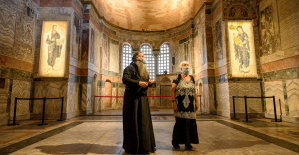 In Istanbul, the ancient Byzantine church of Saint-Sauveur-in-Chora reopens for Muslim worship
In Istanbul, the ancient Byzantine church of Saint-Sauveur-in-Chora reopens for Muslim worship David Castello-Lopes: a fresh wind blows on the one-man show with his show Authentique
David Castello-Lopes: a fresh wind blows on the one-man show with his show Authentique Omoda 7, another Chinese car that could be manufactured in Spain
Omoda 7, another Chinese car that could be manufactured in Spain BYD chooses CA Auto Bank as financial partner in Spain
BYD chooses CA Auto Bank as financial partner in Spain Tesla and Baidu sign key agreement to boost development of autonomous driving
Tesla and Baidu sign key agreement to boost development of autonomous driving Skoda Kodiaq 2024: a 'beast' plug-in hybrid SUV
Skoda Kodiaq 2024: a 'beast' plug-in hybrid SUV The home mortgage firm rises 3.8% in February and the average interest moderates to 3.33%
The home mortgage firm rises 3.8% in February and the average interest moderates to 3.33% This is how housing prices have changed in Spain in the last decade
This is how housing prices have changed in Spain in the last decade The home mortgage firm drops 10% in January and interest soars to 3.46%
The home mortgage firm drops 10% in January and interest soars to 3.46% The jewel of the Rocío de Nagüeles urbanization: a dream villa in Marbella
The jewel of the Rocío de Nagüeles urbanization: a dream villa in Marbella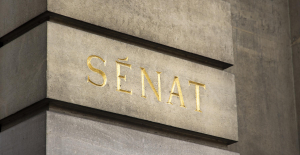 Institutions: senators want to restore the accumulation of mandates and put an end to the automatic presence of ex-presidents on the Constitutional Council
Institutions: senators want to restore the accumulation of mandates and put an end to the automatic presence of ex-presidents on the Constitutional Council Europeans: David Lisnard expresses his “essential and vital” support for François-Xavier Bellamy
Europeans: David Lisnard expresses his “essential and vital” support for François-Xavier Bellamy Facing Jordan Bardella, the popularity match turns to Gabriel Attal’s advantage
Facing Jordan Bardella, the popularity match turns to Gabriel Attal’s advantage Europeans: a senior official on the National Rally list
Europeans: a senior official on the National Rally list These French cities that will boycott the World Cup in Qatar
These French cities that will boycott the World Cup in Qatar Ligue 1: at what time and on which channel to watch the Multiplex on Sunday?
Ligue 1: at what time and on which channel to watch the Multiplex on Sunday? PSG-Dortmund: Hummels’ (big) tackle to “teams who wanted to play against” BVB
PSG-Dortmund: Hummels’ (big) tackle to “teams who wanted to play against” BVB Top 14: Pierre Bochaton extends with UBB until 2027
Top 14: Pierre Bochaton extends with UBB until 2027 Tennis: Monfils beaten, Atmane surprises and advances to the 2nd round in Rome
Tennis: Monfils beaten, Atmane surprises and advances to the 2nd round in Rome